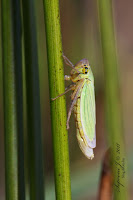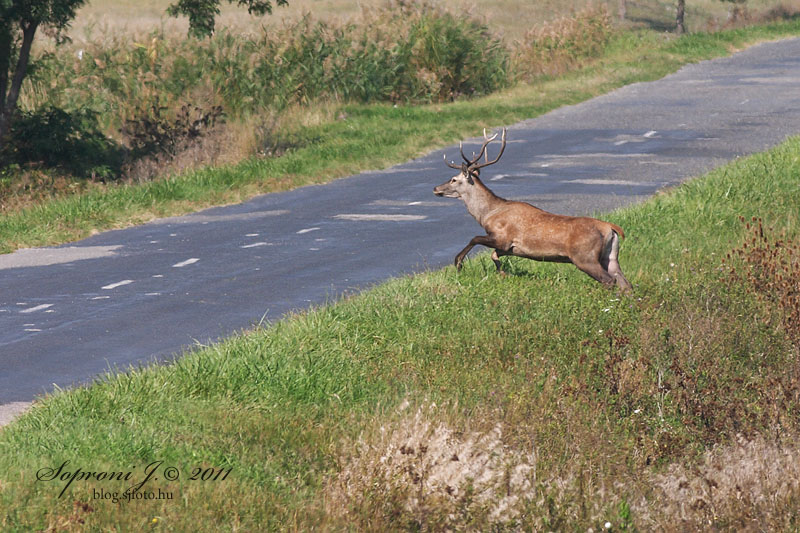Green Leafhopper | Binsen-Schmuckzikade
Égerfa kabóca (Aphrophora alni)
Alder Spittlebug | Erlenschaumzikade
Alder Spittlebug | Erlenschaumzikade
Közönséges díszesbodobács (Rhyparochromus vulgaris)
Gemeine Bodenwanze
Gemeine Bodenwanze
Lovagbodobács (Lygaeus equestris)
Black-and-Red-bug | Ritterwanze
Black-and-Red-bug | Ritterwanze
Nyugati levéllábú poloska (Leptoglossus occidentalis)
A nyugati levéllábú poloska a XX. század elején csak Észak-Amerika nyugati partvidékén volt ismert. Erőteljes terjeszkedésének köszönhetően a ’90-es években elérte a kontinens keleti részét, majd ezt követően 1999-ben már Európában, Észak-Olaszországban is megjelent. Hazánkban először 2004-ben került elő Keszthely környékén, azóta nálunk is mindenütt közönségessé vált. Különösen ősszel találkozhatunk vele, mivel ilyenkor telelőhelyet keresve előszeretettel húzódik emberi építmények környékére. A faj kedvelt tápnövényei közé tartoznak a különféle tűlevelűek, melyeknek elsősorban a hajtásait károsíthatja.
Western Conifer Seed Bug | Amerikanische Zapfenwanze
○●○●○●○●○●○●○●○●○●○●○●○●○●○●○●○●○●○●○●○●○●○●○●○●○●
The Western Conifer Seed Bug was in the begin of the 20th century only known in its native range along the temperate regions of the Pacific coast of North America. The insect steadily expanded eastwards, so it was found in the ‘90s on the Atlantic coast of the American continent, and in the year 1999 it was first reported in Europe, in northern Italy. The first record from Hungary was 2004 in region of Keszthely,
Since then, the species has become common in Hungary everywhere. We can found them mainly in the fall, as they then looking for a place to overwinter in human environments.
The species feeds primarily on conifers, where they can damage the shoots.
The species feeds primarily on conifers, where they can damage the shoots.




















































